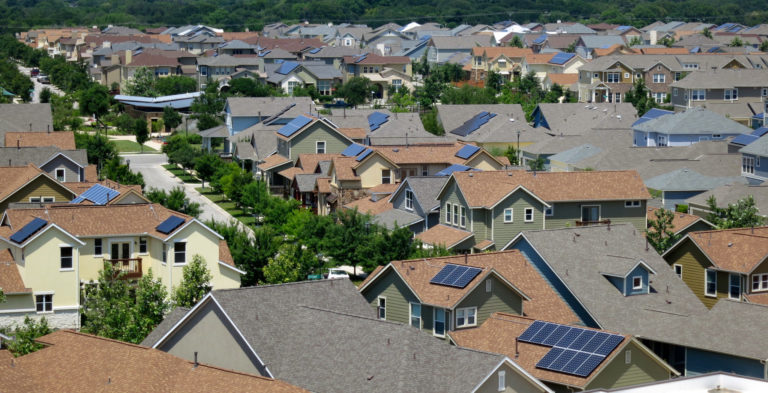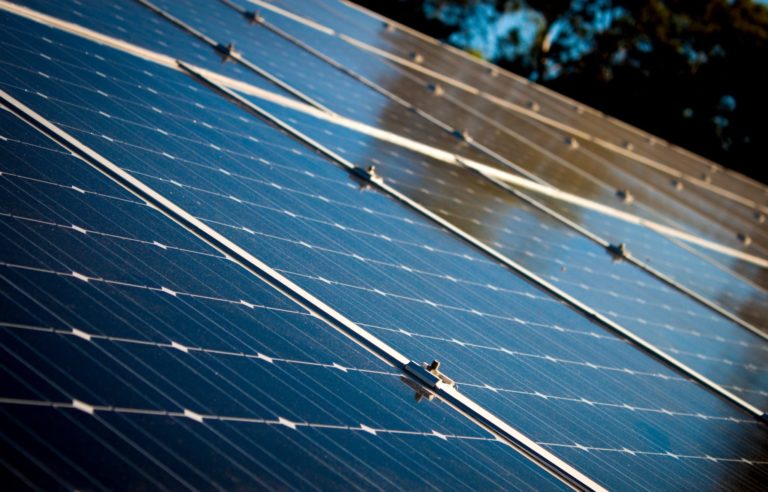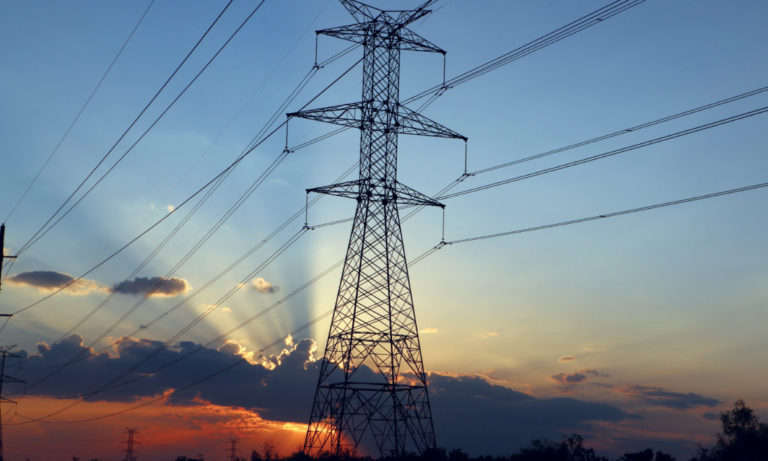February 5, 2021
Throughout February, Pecan Street is highlighting Black voices working on climate, equity, and clean energy issues.

Rory Christian has worked at the intersection of energy, climate and equity issues throughout his career. During his time at EDF, he oversaw efforts to advance environmental efforts while working in support of and in tandem with environmental justice and workforce development groups. He is now principal of Concentric Consulting Group, and vice chair of the board of WeACT for Environmental Justice and teaches energy efficiency courses at Columbia University.
States Remain in the Driver’s Seat of the Just Transition
The Biden administration’s first weeks were filled with landmark moments in the fight against climate change. America rejoined the international community by recommitting to the Paris climate accord and made sweeping domestic policies changes, including a moratorium of leasing federal lands for fossil-fuel production and accelerating the process for permitting renewables. Collectively, these policies signal that the federal government is poised to take a leadership role in the fight against climate change – a role that has long been played by the states. The growing federal response to climate change will provide a much-needed backstop to state action, but state action will continue to remain key to achieving long term goals.
We all know the goal: decarbonize the economy and do it quickly enough to minimize the increasingly severe and frequent impacts of climate change. It’s understood that the combustion of fossil fuels is at odds with efforts to decarbonize the economy. Transitioning from fossil-fuel to carbon-free electricity is seen as the most practical pathway to reducing emissions sufficiently to avoid the worst effects of climate change. Though many states have enacted climate targets through legislation or executive order, state policies remain in effect that limit the potential for achieving those targets.
Largely a holdover from another time when the distinction between the producers and consumers of power were sharply defined, these policies were devised to expand access to natural gas to a larger portion of the population. In some states, laws treat access to natural gas as a customer’s right and utility’s obligation. In others, incentives and capital investments remain focused on gas efficiency, but do little for electrification. These policies encourage the continued use of natural gas and serve to subsidize the cost of adding new customers, spreading it out among existing customers.
For the electric system, the once sharp dividing line between producers and consumers is rapidly become blurred. Rooftop solar is rapidly becoming the norm and EV adoption grows by leaps and bounds each year. New York and California are already preparing for such a future, and electric infrastructure investments are being made to allow customers to send power onto the grid as a way to maintaining reliability and lower overall costs for all involved. The erosion of this division increases the appeal of electrification for decarbonization.
Continued investment in a natural gas system is incompatible with 2050 goals. The transition from natural gas to electricity won’t happen overnight, and investments to maintain safety and reliability must continue. But an orderly divestment, coordinated with multiple entities, will be necessary to minimize the potential costs, both the individual consumers and to society as a whole.
An uncoordinated transition from natural gas to electricity will result in stranded assets – investments that once served a purpose but are no longer needed, or useful, and must still be paid for. With less than 30 years to 2050, and the typical useful life of an underground gas pipeline exceeding 50 years, expanding the natural gas system almost guarantees that many investments will become stranded well before the end of their expected useful life.
Worse is the impact on customers. As more and more people electrify and transition away from natural gas, the costs to maintain the system are spread around a smaller group of customers, resulting in higher bills. As prices increase, more customers will defect, creating a vicious cycle where those that remain on natural gas will be stuck paying significantly higher prices. Many customers lack the means to electrify without financial support. Aligning incentives to support those customers will be essential in any future transition.
We must also consider the value of those incentives. Electrifying a home may require upgrades to electrical systems and trigger other building code related needs that may make electrification unaffordable for many. States should examine these conditions in partnership with local communities to streamline the process, making it more affordable and less labor-intensive for households to electrify their fossil fuel use.
While we advance the market for electrification, we must also consider protections that ensure that the transition from gas to electricity doesn’t create an economic burden on low-income homeowners, affordable housing providers and their residents.
The cost of providing heat and hot water is often socialized in multifamily buildings, with each tenant paying a share of the overall bill based on the area of their living space. In cases where tenants pay for their electricity use, landlords may use electrification as an opportunity to shift those costs to tenants. Ensuring that electrification doesn’t burden renters by transferring those costs from the landlord without an equivalent adjustment in rent will be essential.
In many parts of the country, electricity is more expensive than natural gas. Home energy assistance programs and related low-income programs will likely need to be revisited and likely expanded to ensure affordability. We’ll also need to need to examine existing rates and, very likely, develop new ones.
The approaches required will be as unique as the communities affected and developing the right approach will require the involvement of those communities. Failing to establish coordinated, equitable transition plans may leave many customers stranded on the gas system in a never-ending cycle of increasing gas rates. This failure could prolong the use of natural gas and make it impossible to reduce emissions at the scale and pace needed to achieve our climate goals.


















